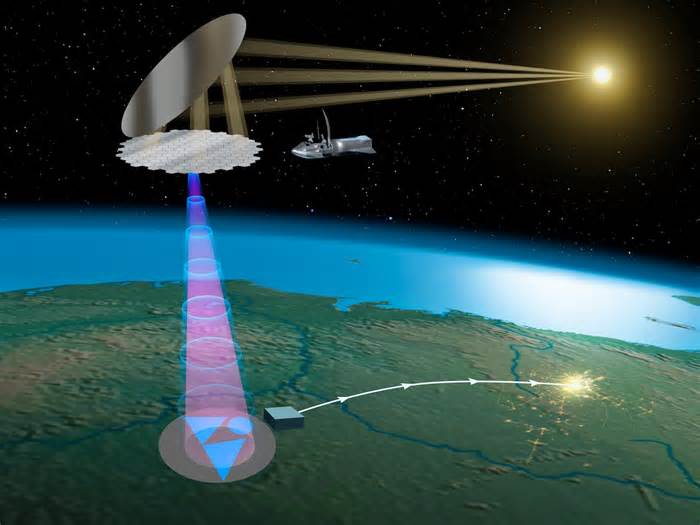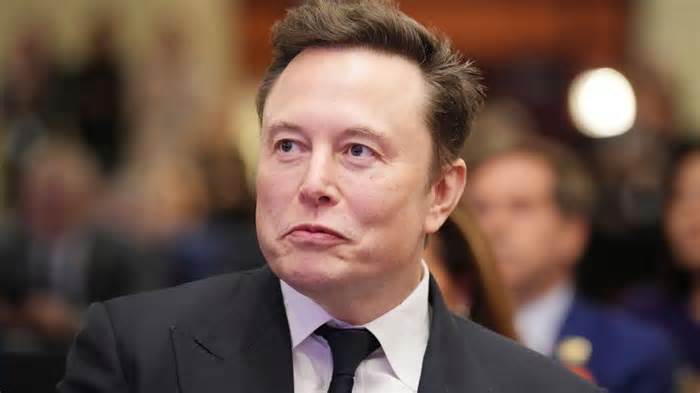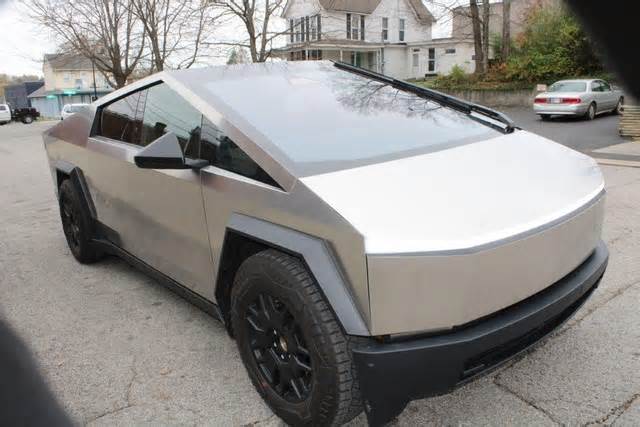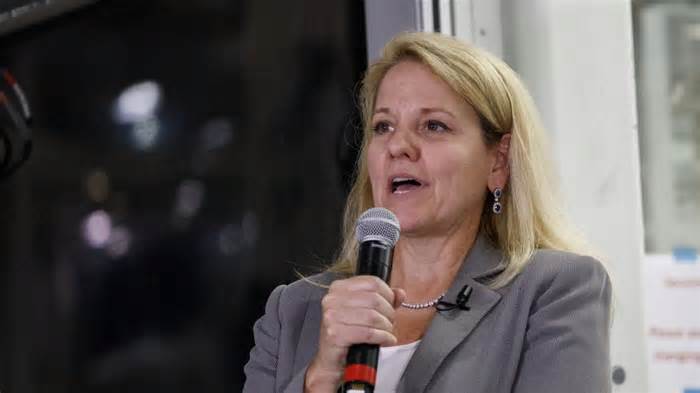
It’s always sunny in space: Michigan startup hopes to beam solar power to Earth
- by MLive
- Jul 28, 2024
- 0 Comments
- 0 Likes Flag 0 Of 5

Lucas Smolcic Larson | lsmolciclarson@mlive.com
TROY, MI - In space, the sun is always shining. So why not put a solar farm up there?
One Michigan startup is already on its way, aiming to take an idea featured in Isaac Asimov’s science fiction 80 years ago and turn it into reality.
From its base of operations in Metro Detroit, Virtus Solis Technologies is preparing to one day launch millions of modular solar cells into space and stitch them into sprawling arrays, like Legos in orbit.
The satellites would then beam energy wirelessly back down to earth to receiving stations positioned to light up a factory or hook into the grid.
“Basically, all the underlying technology for space solar has been around since the first telecom satellites in the early ‘70s,” said Virtus Solis CEO and co-founder John Bucknell.
If his company can become the first to deliver on commercial space-based solar power, it could also unlock a tantalizing leap forward in the world’s response to the climate crisis.
That’s because current sources of renewable energy, like wind turbines and solar farms, face a major drawback. They aren’t always “on,” hampered by the weather, time of day and the seasons, especially in northern latitudes.
But if humans could harness the enormous power of the sun in space, it could offer 24/7 clean power on demand. They got ammunition in January, when NASA released a report offering a pessimistic view of the technology’s ability to offer low-cost green energy, when compared to other earthbound options like wind and hydropower.
Virtus Solis, and other organizations promoting space-based solar, have rebutted the report.
It took a dim view of certain parameters like launch costs, said Bucknell, who previously served as the lead developer for the Raptor rocket engine at SpaceX, a company that’s helped make getting to space much cheaper. Other assumptions, like a 10-year lifespan for components in orbit, were also “super pessimistic,” he added.
Doubters aside, he and his co-founder Edward Tate, both University of Michigan graduates, are forging ahead, aiming to put a pilot power plant in operation by 2027.
What stands in the way of space-based solar?
Bucknell, fast-talking and technically savvy, feels he’s well-positioned to deliver on this particular solar-powered moonshot.
In his office is a photo of his dad in front of Apollo 11, taken during his father’s time working on the space program.
Bucknell himself spent much of his own career in aerospace, he said, with a “detour” at Chrysler and General Motors, where he worked alongside Tate.
In his 50s, the entrepreneur, in search of something meaningful to do with this life, began a Ph.D. in nuclear engineering. “I thought I was going to spend the rest of my career shutting down nuclear power plants, which is very depressing,” he said, so he turned toward future energy options and took a deep dive into space-based solar.
He concluded it could work.
So, if the technology is there, why aren’t our homes being lit up by solar power harvested in space today?
While space-based solar has been pitched and studied for decades, two key issues continue to limit its adoption, cost and efficiency, said Mojtaba Akhavan-Tafti, a member of the research faculty in climate and space sciences and engineering at the University of Michigan.
“The cost of delivering, assembling and, more importantly, maintaining space assets are the current deployment bottlenecks — a typical space-based solar array, using microwave-beaming satellites, can be several kilometers in dimensions,” he said.
Before incorporating Virtus Solis in 2019, Bucknell poured over more than a thousand papers published since NASA and the U.S. Department of Energy studied the possibility in the late ‘70s, concluding space-based solar was feasible but would cost trillions in today’s dollars.
Bucknell wanted to know why it hadn’t taken off back then. “The short answer was the underlying infrastructure wasn’t ready,” he said.
A conceptual illustration from Troy-based Virtus Solis shows a space-based solar array being assembled robotically in orbit.
Provided by Virtus Solis
In recent years, commercial space launch costs have dropped, especially with the arrival of SpaceX’s Falcon Heavy rocket in 2018, he said.
At the same time, steady advances in semiconductor fabrication and automation have made it possible to cheaply produce Virtus Solis’ satellite components as circuit boards for less than the cost of a laptop, and allowed for the possibility that robots could assemble them in orbit.
It’s one reason the startup moved to the Detroit area, after launching in Los Angeles. The manufacturing capacity, availability of engineering talent, lower cost of living and ability to have components shipped down I-75 for launch in Florida make southeast Michigan an ideal home, Bucknell said.
Space-based solar system concepts have also been historically limited by the efficiency of power conversion, as sunlight is converted to microwave and then to electricity, according to Akhavan-Tafti.
Even with efficiency hurdles, which also dog conventional solar installations on the ground, Virtus Solis believes its power plants are economically viable.
“The only thing that matters is the cost of energy on the ground,” Bucknell said. His pitch deck promises 1.5 gigawatts of generation at $3.8 billion, a far smaller sum than the cost of similar levels of baseload power achieved by building a new nuclear power plant and at cheaper energy costs to consumers.
Virtus Solis’ initial customers will be clients like green hydrogen generators and data centers, usually constrained by where they can get energy, but not if that power was beamed from space, he added.
Wireless power transfer not science fiction
Beams of energy from space have a way of prompting safety questions. According to Bucknell, they usually go something like: microwaves heat my coffee in minutes, so what will megawatts of solar power do?
But the fear is misplaced, the entrepreneur said. The power links are about half the intensity of sunlight. Virtus Solis has an experimental broadcast license from the Federal Communication Commission and is pursuing a commercial license.
At speaking engagements, Bucknell demonstrates the power transfer across a stage, lighting up a LED attached to a handheld receiver and mimicking what he hopes to do from space, placing a piece of paper in its path to simulate clouds.
Please first to comment
Related Post
Stay Connected
Tweets by elonmuskTo get the latest tweets please make sure you are logged in on X on this browser.
Sponsored
Popular Post
Tesla: Buy This Dip, Energy Growth And Margin Recovery Are Vastly Underappreciated
28 ViewsJul 29 ,2024






 Energy
Energy



















